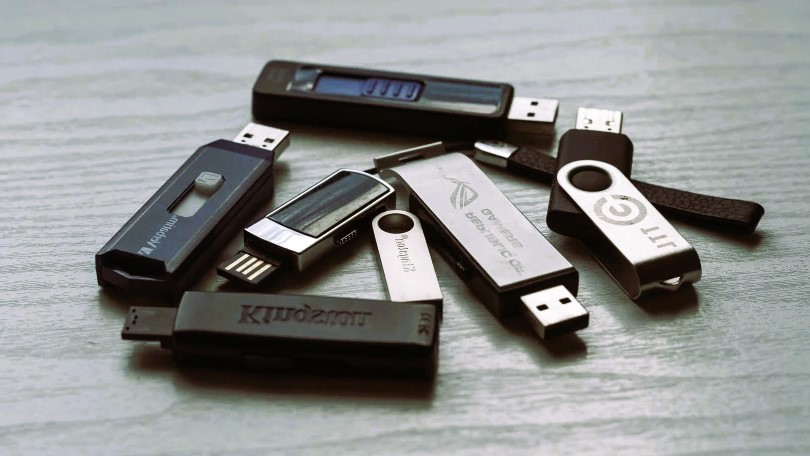In the digital age, the convenience of portable storage devices, especially flash drives, has become an integral part of our daily computing experiences. Windows 10, the widely used operating system, has a feature known as “Safe Removal” that suggests a proper procedure for ejecting these drives. However, there’s a common misconception that adhering to this practice is an absolute necessity. In this article, we will explore the myths and realities surrounding the “Safe Removal” feature and delve into the reasons why, in many cases, flash drives can be safely removed from Windows 10 devices at any time.
Understanding the “Safe Removal” Feature:
The “Safe Removal” feature in Windows 10 is designed to ensure that no data is being written to or read from the flash drive at the time of removal. It’s a precautionary measure to prevent data corruption or loss that could occur if the drive is abruptly disconnected while in use. When you use the “Safely Remove Hardware” option, Windows signals that it’s safe to remove the device, implying that all read and write operations have been completed.
Common Misconceptions:

1. Data Loss Risk: One of the primary reasons users adhere to “Safe Removal” is the fear of data loss. However, in modern file systems such as NTFS and exFAT, Windows 10 is designed to manage write operations effectively. Most of the time, the risk of data loss due to immediate removal is minimal.
2. Wear and Tear on Flash Drives: Another misconception is that removing a flash drive without “Safe Removal” could cause wear and tear on the drive. While it’s true that frequent, abrupt removals may impact the longevity of the drive over an extended period, occasional removals are unlikely to have a significant effect.
3. File System Corruption: Concerns about file system corruption often lead users to religiously follow the “Safe Removal” ritual. However, Windows 10 employs mechanisms to handle unexpected removals and maintain the integrity of the file system.
Factors Favoring Direct Removal:
1. Quick Removal Policy: Windows 10 offers a “Quick Removal” policy for external drives, including flash drives. When this policy is enabled, the operating system caches write operations to the drive, minimizing the need for “Safe Removal.” Users can switch to this policy for added convenience.
2. Improved File System Handling: The file systems used by modern flash drives, such as NTFS and exFAT, are more resilient to abrupt removals. These file systems are designed to recover gracefully from unexpected disconnections. Do you like the article? Read also about the Role of UX Design in Games.
3. Advanced USB Hardware: Many contemporary USB flash drives come equipped with advanced controllers that handle disconnects more efficiently. These controllers ensure that write operations are completed even if the drive is removed without following the “Safe Removal” process.
When “Safe Removal” is Essential:
While removing flash drives without “Safe Removal” is generally safe, there are situations where adhering to the recommended procedure is crucial:
1. Write-Intensive Operations: If you are actively copying files to or from the flash drive, especially large files or a considerable number of files, it’s advisable to wait until the operations are complete.
2. Encryption and BitLocker: If the flash drive is encrypted using BitLocker or a similar encryption tool, “Safe Removal” is recommended to ensure that all data is properly flushed and secured.
Expert Opinions and Industry Standards:

Experts in the field, including Microsoft, acknowledge that, for most users and scenarios, the risk associated with direct removal is minimal. Microsoft’s official guidance indicates that, under the “Quick Removal” policy, users can safely remove devices without using the “Safe Removal” option.
Conclusion: Empowering Users with Knowledge:
Understanding the nuances of flash drive removal in Windows 10 empowers users to make informed decisions based on their specific scenarios. While “Safe Removal” provides an extra layer of caution, modern file systems, improved hardware, and advanced USB technologies have significantly reduced the necessity for this practice in many everyday situations.
In the ever-evolving landscape of computing, staying informed is essential. Platforms like GameSpot offer valuable insights into various aspects of technology, including Windows 10 features and practices. By embracing knowledge and dispelling myths, users can confidently manage their flash drives in a way that aligns with both convenience and data integrity.


